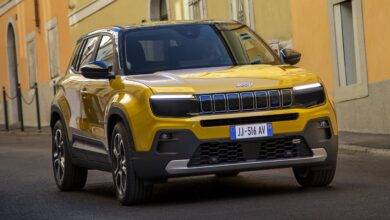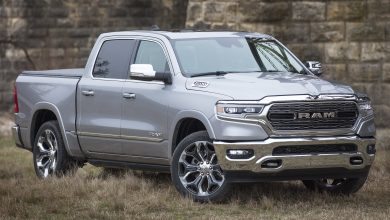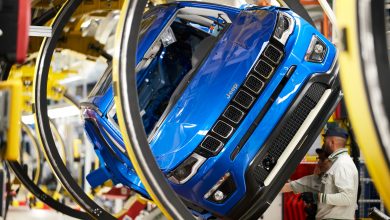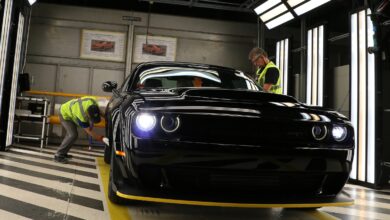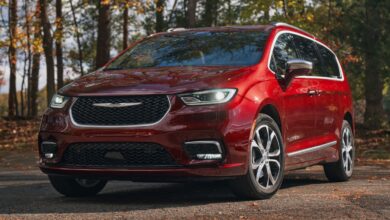Olivier Francois, FIAT CEO & Stellantis Global CMO Inducted To Forbes CMO Hall Of Fame!
One Of The World's Most Influential CMOs...

The tenth-anniversary celebration of the prestigious Forbes World’s Most Influential Chief Marketing Officers (CMOs) list in Cannes, France, last month. The event focused on “The Evolution of Marketing Influence” and included a discussion between a group of editors from the global magazine and leading figures in the marketing industry. Olivier Francois, FIAT CEO & Stellantis CMO, has been inducted into the inaugural class of the Forbes CMO Hall of Fame, recognizing those chief marketers who have, or in 2022 would have, been recognized on the Forbes World’s Most Influential CMOs list five times or more.
“The winners of tomorrow are the brands that won’t be afraid to throw out the old recipe, embrace disruption and create a new playbook,” said Francois. “Consumers won’t fall for marketing, but they still want to fall in love with brands. They love being told stories. They love products that help them be and do better, and ones they’re proud to own. Because pride is the currency of success in the modern-day word-of-mouth known as ‘social media’, at Stellantis, with fourteen brands on four continents, we use the most cutting-edge tactics and formulas to secure the new deliverables that we call impressions. But if there is something I have learned from my 14-year tenure, it’s that one lasting impression counts more than a billion impressions. So, let’s find the most meaningful impression, the most relatable, the one that may spark an emotion, a vocation or will ignite a movement. Let’s use data to connect it with the right audience while never losing sight of what really matters, there is no algorithm for the thrill. I’m deeply honored to receive this nomination, which I want to share with my team wherever they are in the world, across all the brands they represent.”

In addition to revealing the 2022 winners, the creation of the Forbes CMO Hall of Fame list was announced this year. This list will feature the CMOs who have used their influence over the last decade to improve their brands, business, the marketing community, and even culture as a whole.
https://www.youtube.com/watch?v=FZJjoA-Ibno
To get into the exclusive Forbes CMO Hall of Fame list, the magazine looked at those who have been on the World’s Most Influential CMOs list for five years or more and continue to do great work in their respective field. Francois first made the list in 2014, ranking 15th, and continued to be on it in 2015 (4th), 2020 (5th), 2021 (8th), and again in 2022.
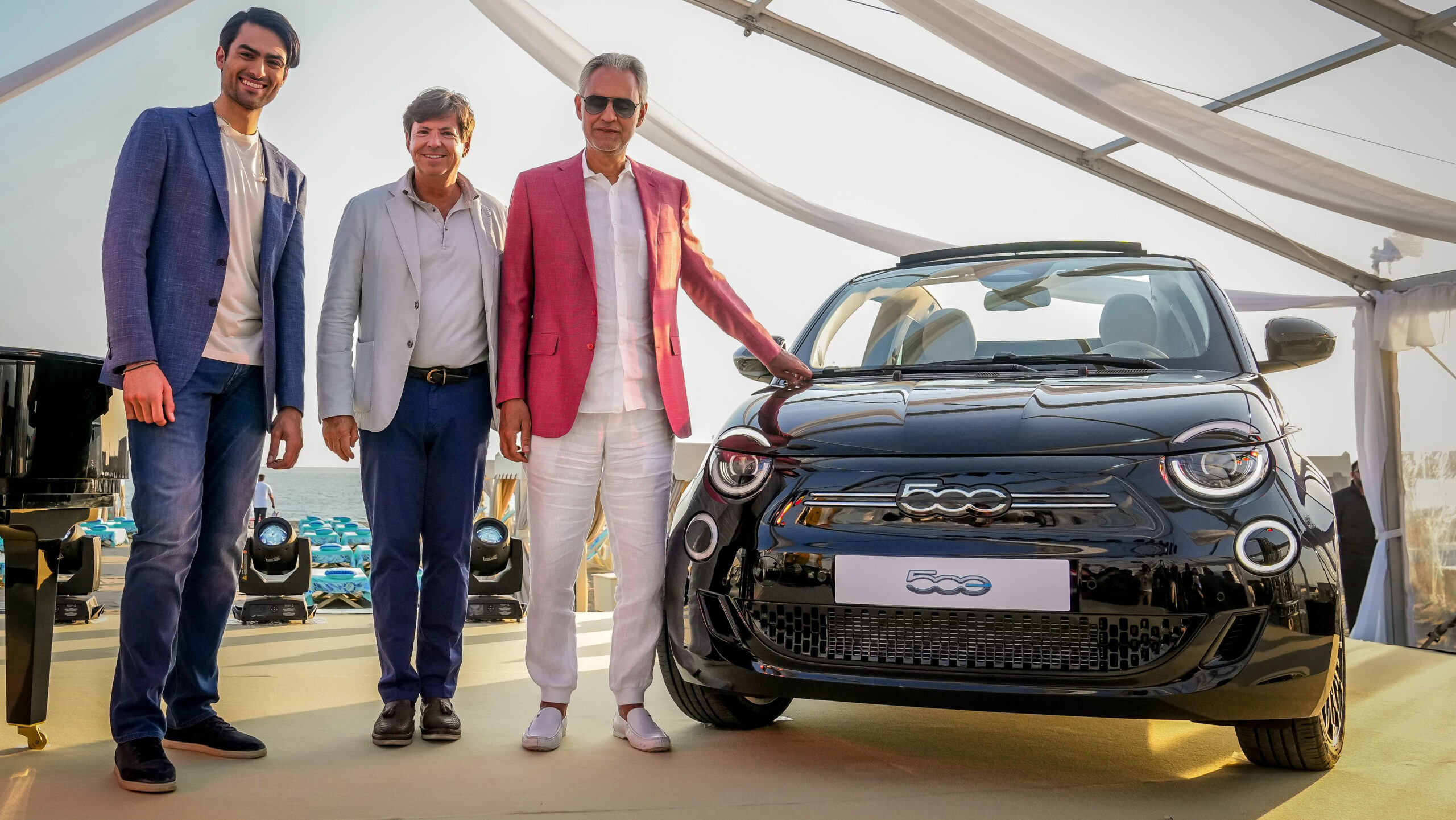
For Forbes, the influence of CMOs is determined by the impact their actions and words have within and outside of their organizations. This also obviously includes the impact on the perception of the company brand, as well as on marketing, advertising, trends, financial results, and overall influence on digital and social media. In this year’s report, Forbes once again collaborated with Sprinklr and LinkedIn as research partners. The point system included three AI-based metrics, which added qualitative indicators to quantitative metrics, examining the feelings of clients, the tone of media coverage, and the feelings of social media.
Source: Stellantis/Forbes

